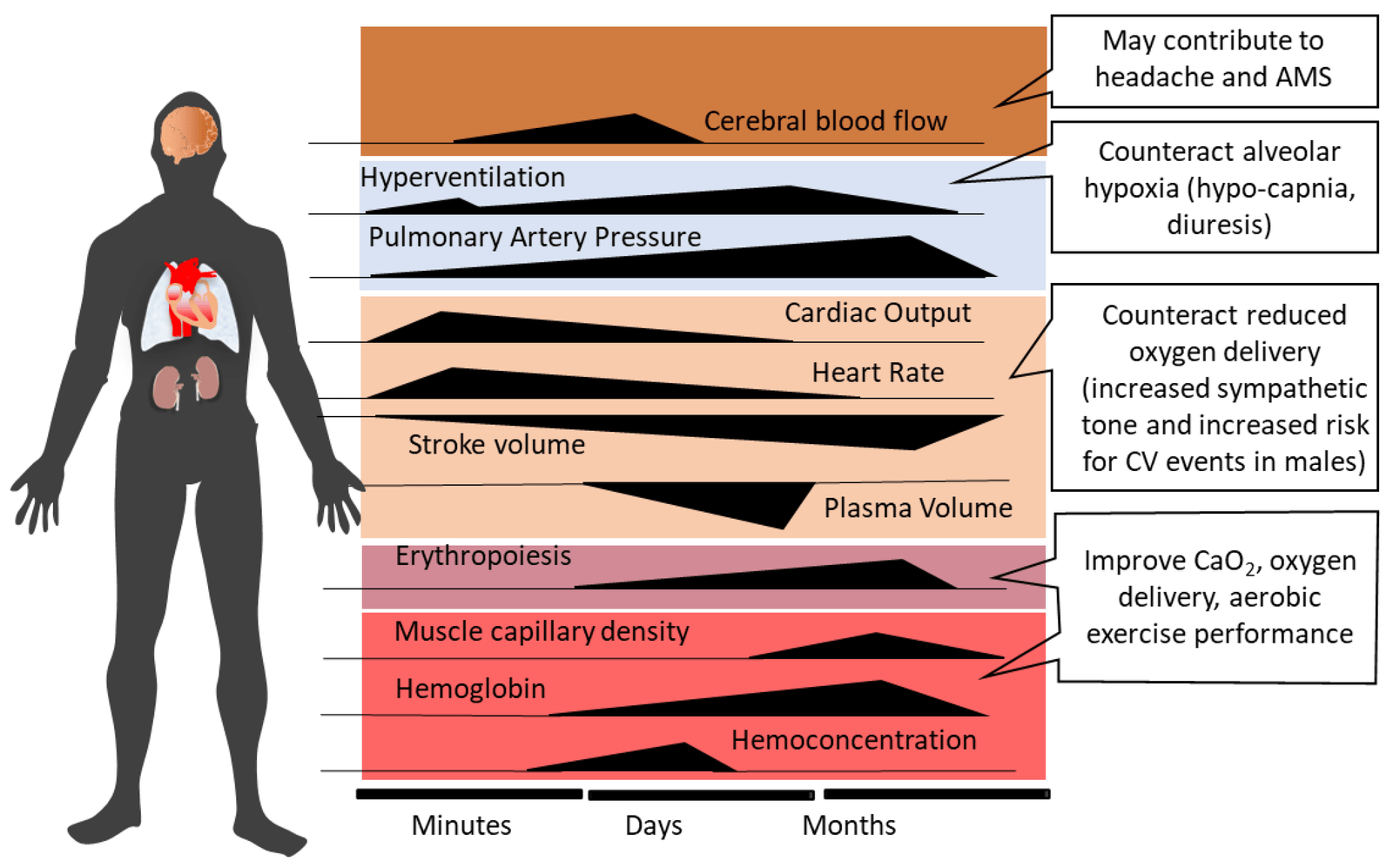In the domain of medical costs financial aspects, the scene is constantly advancing, and one of the most squeezing difficulties looked by guarantors today is the acceleration of clinical expenses. This isn’t just a passing trend or statistic; rather, it’s a complicated web of factors working together to put a lot of pressure on insurance companies and, in the end, affect the entire healthcare ecosystem. We delve into the intricacies of this problem in this in-depth analysis, shedding light on its underlying causes, its implications, and potential solutions.
The Rising Tide of Clinical Costs

Clinical expenses have been on a vertical direction, representing a considerable test to guarantors around the world. Factors like mechanical headway, drug advancements, and a maturing populace add to the flood in medical services consumptions. In addition, the prevalence of chronic diseases increases the financial burden on insurers by requiring ongoing medical treatment.
Figuring out the Elements
In this milieu, it’s basic to analyze the elements driving raising clinical expenses. Medical services expansion, filled by the rising costs of clinical benefits, drugs, and clinical gadgets, applies gigantic strain on guarantors to change charges appropriately. Cost escalation is also exacerbated by the proliferation of costly diagnostic and treatment methods, making it difficult for insurers to maintain profitability.
A Comprehensive Look at the Growing Costs
Grasping the Elements
In recent years, the ever-increasing in medical costs of procedures and treatments has become a widespread concern. From standard check-ups to basic medical procedures, the sticker prices joined to medical services administrations appear to expand constantly. Leaving safety net providers wrestling with the overwhelming errand of adjusting reasonableness and manageability. Yet, what precisely is driving this vertical winding?
Factors Energizing the Ascent Mechanical Progressions

The quick speed of mechanical headway in the clinical field has without a doubt reformed patient consideration and treatment results. Nonetheless, this progress includes some major disadvantages – in a real sense. Expensive treatments, cutting-edge procedures, and state-of-the-art equipment frequently contribute significantly to the overall increase in medical costs.
Drug Industry Elements
The drug business assumes a crucial part in the medical service’s environment. Yet its worthwhile plan of action has drawn analysis at excessive medical costs. The rise of specialty drugs and biologics, combined with patent assurances and restricted contest. It has enabled drug organizations to direct costs. Further compounding the monetary stress on guarantors.
Segment Movements
The maturing populace, combined with the commonness of ongoing sicknesses, has prompted an expanded interest for medical care administrations. As the child of post-war America, age enters retirement age. The burden on medical care assets heightens. Driving up costs for back up plans, who should fight with a higher pervasiveness of exorbitant ailments and methodology.
Suggestions for Safety net providers Monetary Strain
The significant financial effects of rising medical costs are felt by insurers. As medical care costs keep on dominating income development, overall revenues are crushed. Endangering the drawn out reasonability of insurance agency. In addition, the need to strike a balance between profitability and affordability for policyholders is a formidable obstacle. That necessitates creative solutions in order to remain competitive in a turbulent market.
Premium Increments
To balance the heightening expenses of medical care administrations, safety net providers frequently resort to raising charges. Moving the weight onto shoppers. While this might give a momentary answer to relieve misfortunes. It takes a chance with valuing out weak populaces who are now attempting to manage the medical costs of protection inclusion. Worsening differences in admittance to medical care.
Administrative Tensions
With an end goal to check rising medical care costs. Controllers might force rigid orders and oversight estimates on safety net providers. Further obliging their capacity to enhance and adjust to changing business sector elements. Consistence with complex guidelines adds regulatory weight. As well as limits the adaptability, back up plans have in planning savvy inclusion choices for buyers.
Exploring the Way ahead Embracing Development

Even with heightening clinical expenses, back up plans should embrace development and take on new procedures to stay versatile in a difficult climate. From utilizing information examination to distinguish cost-saving chances to investigating elective installment models that boost esteem based care. Back up plans should consider some fresh possibilities to drive effectiveness and maintainability in medical services conveyance.
Cooperative Associations
Coordinated effort across the medical service’s continuum is basic in tending to the underlying drivers of rising clinical expenses. Policymakers, healthcare providers, pharmaceutical companies. And insurers all need to work together to come up with all-encompassing solutions that put quality outcomes. First, while keeping costs to a minimum. Stakeholders can collectively address the challenges facing the healthcare industry. And pave the way for a more affordable and accessible system by fostering collaborative partnerships.
Buyer Instruction
Enabling buyers with information and apparatuses to settle on informed medical care choices is fundamental in alleviating the effect of rising clinical expenses. Back up plans can assume an essential part in teaching policyholders about preventive consideration measures. Practical therapy choices, and accessible assets for overseeing constant circumstances. By advancing wellbeing proficiency and monetary proficiency. Back up plans can enable customers to assume command over their wellbeing. And explore the intricate medical care scene with certainty.
Exploring the Difficulties of Developing Medical services Conveyance
To moderate the unfavorable impacts of raising clinical expenses. Safety net providers should embrace a proactive methodology portrayed by development and effectiveness. Embracing telemedicine and distant patient observing advances can improve admittance to mind while limiting above costs. Moreover, boosting preventive consideration gauges and advancing solid way of life decisions can check the frequency of expensive constant circumstances. Subsequently, mitigating monetary stress on guarantors.
Adopting Data-Driven Approaches
Insurers can gain invaluable insights into healthcare utilization patterns by utilizing the power of data analytics and predictive modeling. This enables insurers to identify opportunities for cost savings and optimize resource allocation. Insurers can proactively prevent costly medical complications by utilizing real-time data analytics, resulting in a more sustainable healthcare ecosystem.
Cooperative Organizations: Encouraging Collaboration

In the mission for maintainable arrangements, cooperative organizations between guarantors, medical care suppliers, and policymakers are fundamental. Stakeholders can collectively address the underlying causes of rising medical costs by fostering synergy and aligning incentives. Paving the way for innovative reimbursement models and value-based care initiatives.
Conclusion
The heightening of medical costs presents an impressive test for guarantors. Undermining their monetary security and capacity to give reasonable inclusion to shoppers. Nonetheless, by embracing development, cultivating cooperation, and enabling buyers. Back up plans can explore these difficulties and produce a way towards a more manageable and evenhanded medical care framework.
READ MORE










